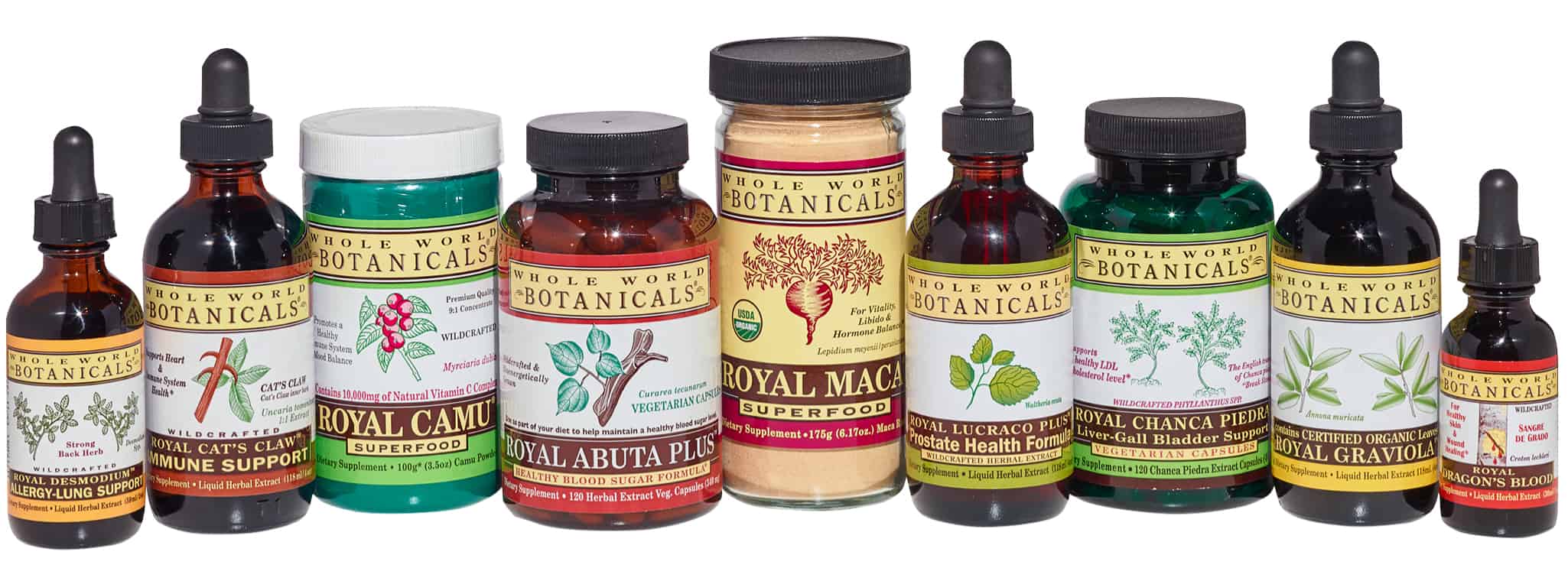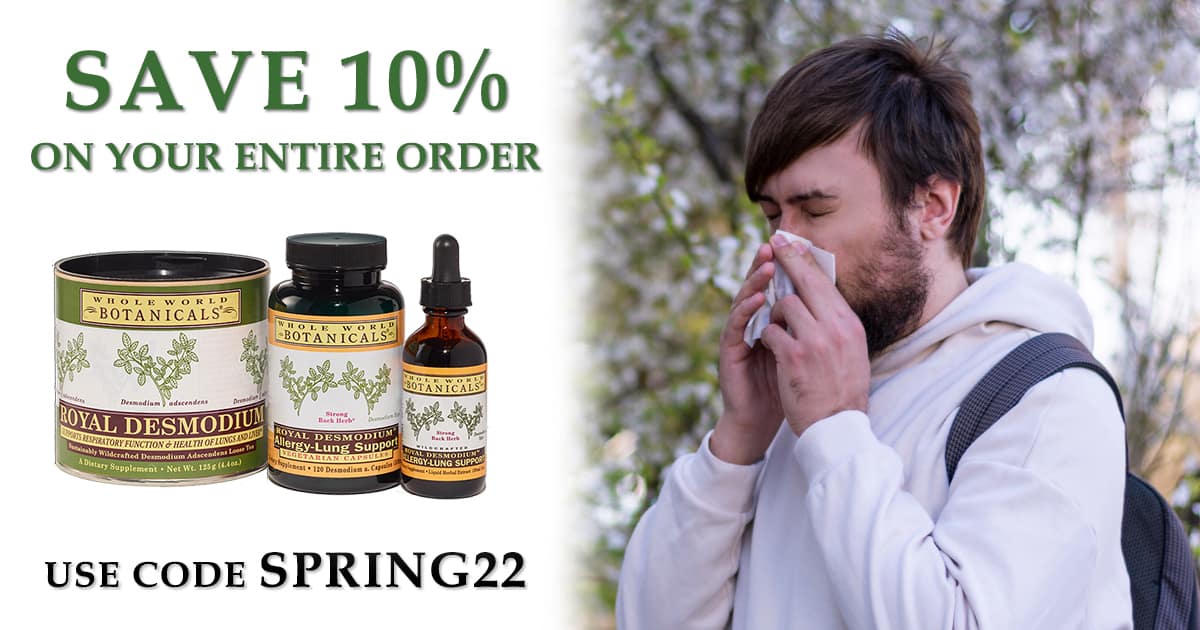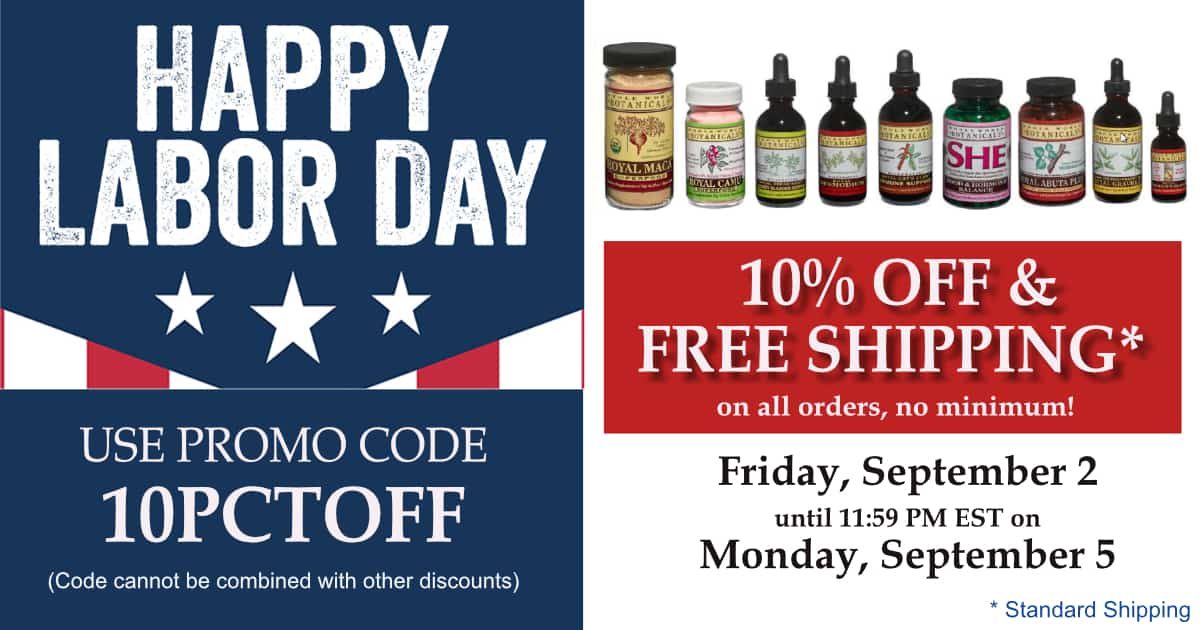Several classes of chemical compounds that naturally occur in fruits and vegetables possess anticarcinogenic properties. The cruciferous vegetables, such as cabbage and broccoli are particularly rich sources of such compounds, including Indole derivatives [indole-3-carbinol (I3C) and indole-3-acetonitrile], dithilthiones, and isothiocyanates. Increased consumption of cruciferous vegetables is associated with reduced tumor incidents in humans and experimental animals.
Diindolylmethane (DIM, in short) is the principal breakdown product of indole 3-carbinol (I3C), the phytochemical found in cruciferous vegetables like cabbage, cauliflower, broccoli, brussels sprouts, kale, collards, mustard greens, radishes, watercress, and turnips. DIM, has been shown in scientific studies to reduce the risk of prostate and other hormone-driven cancers by helping the body to make a better balance of the hormones.*
Can taking 250 – 300 mg. of DIM (or its equivalent in raw cruciferous vegetables) reduce your risk for prostate cancer?
Yes, according to Dr. Michael Zeligs, M.D. author of All About DIM. “A recent study of Seattle men showed that three or more servings of cruciferous vegetables a week can reduce prostate cancer risk almost by half.” His statement is based on an article by J. H. Cohen, et. al. Fruit and vegetable intakes and prostate cancer risk. Natl. Cancer Inst. Jan 2000; 5;92 (1): 61-8.
The following quotations are taken from All about DIM by Michael A. Zeligs, M.D. and A. Scott Connelly, M.D., based on research related to men’s use of diindolylmethane (DIM) and the phytochemical compounds (indole-3-carbinol) found in cruciferous vegetables from which DIM is derived. Following the quotations is a partial bibliography substantiating the claims made in the article.
DIM & Testosterone
What is Testosterone?
Testosterone is an important contributor to healthy hormonal balance in both men and women. Testosterone is known as an androgen because when its effect dominates, male characteristics are seen. These include male distribution of body hair, a deeper voice, and male genital development. Testosterone is also identified as an anabolic hormone due to its ability to promote protein synthesis. Active protein synthesis produces bigger muscles and stronger bones, especially in response to exercise. This process also increases metabolic rate and consumes fat, resulting in a leaner physique. The more subtle effects of testosterone have to do with its action as a support for mood and libido. Testosterone has a clear anti-depressant action and promotes interest in sex and men and women.
How does DIM benefit testosterone activity?
Testosterone acts differently depending on whether it is free or bound to carrier proteins in the blood. DIM, through its effects on estrogen metabolism, supports testosterone by helping to maintain the level of free or active testosterone. Free testosterone refers to the defraction of testosterone that circulates in the blood and is not associated with or bound by SHBG (Sex Hormone Binding Globulin), its carrier protein. Since only free testosterone easily crosses into the brain, muscles, and fat cells much of the desirable action of testosterone has to do with the free portion. However, this represents only a tiny amount of the total testosterone equal to only 2% of the total in men and even less in women.
High levels of SHBG lock up free testosterone making it unavailable to support mood or metabolism. Interestingly, unmetabolized estrogen is the body’s primary signal to increase the production and levels of the testosterone-binding protein. Low levels of free testosterone have been identified during perimenopause and are most dramatic in women with severe premenstrual syndrome (PMS) symptoms. (24)
How can DIM help with age-related reduced levels of free testosterone?
Since DIM promotes a more active metabolism of estrogen, unmetabolized estrogen levels fall and the 2-hydroxy-estrogens increase. The 2-hydroxy-estrogens possess the unique ability to displace testosterone from SHGB and set it free. Therefore, the combined effect of DIM to reduce unmetabolized estrogen and increase 2-hydroxy-estrogens can reduce elevations in SHGB and allow for more free testosterone. Both of these changes help maintain and restore a youthful balance between estrogen and free testosterone. This balance is a key to a healthy and active metabolism. (25)
Does DIM help maintain a healthy testosterone level in older men?
Zelligs: “The same dynamics for maintaining higher total and free testosterone levels apply to healthy aging in men. Estrogen metabolism is slowed during aging in men, especially in association with obesity and regular alcohol use.” [translation: As we age, our bodies take longer to “clear” the estrogen in our cells and higher than healthy levels of estrogen are common, especially in men who are obese or who are regular social drinkers.]
“Avoiding overactive testosterone metabolism, [clearing the testosterone too quickly] and reducing the conversion of testosterone into estrogen are goals of nutritional support in middle-aged and older men.”
“It is well documented that estrogen accumulates in the prostate gland starting at age 50 (42) and that estrogen is associated with the degree of prostate enlargement.” (43)
“Based on animal and human testing, DIM is again preferable to I3C in the area of men’s health. Using DIM in men avoids accelerating testosterone metabolism, especially regarding unwanted conversion of testosterone into estrogen.”
Does DIM help improve prostate health and reduce nighttime urination in older men?
“Regarding men’s health, supplementation with absorbable DIM has resulted in reports of improved prostate function based on reduced nighttime urination in symptomatic older men.”
“Once absorbed, DIM is uniquely active in promoting healthy estrogen metabolism and improving symptoms of estrogen-related imbalance in both men and women.”
“Apart from therapeutic potential, dietary supplement use of DIM and I3C relates to hormonal balance and symptoms of “estrogen dominance.”
Even more impressive is research showing that unmetabolized estrogen accumulates in prostate tissue in men as they age. Exposure of human prostate tissue to unmetabolized estrogen in the laboratory did indeed result in activation and increased production of prostate-specific antigen protein (PSA). The PSA protein level in men’s blood is now used as a screening test to determine the severity of prostate enlargement or to determine the chance of prostate cancer.
Recent studies also have shown that estradiol, the active form of estrogen, causes the prostate gland to increase its production of prostate-specific antigen (PSA). Increased PSA production, however, can be inhibited by the “good” estrogen metabolites promoted by DIM. This indicates that “good” estrogen metabolites are more beneficial for prostate health than unmetabolized estrogen-like estradiol. (53)
Various supplements, including DIM, can now be used to reduce the risk of prostate enlargement and promote a healthy prostate. Optimum testosterone-2-estrogen hormonal balance achieved with the use of DIM can help to preserve a youthful urinary tract, prevent age-related prostate growth, and perhaps reduce the risk of prostate cancer.
Long term safety has been demonstrated in DIM.
Partial Bibliography of Dr. Zeligs’ Book, All About DIM
Integrated Cancer Therapy 2004 March; 3(1): 5-12
“Cruciferous vegetables: cancer protective mechanisms of glucosinolate hydrolysis products and selenium.” Authors: Keck A S, Finley J W.
“Epidemiological studies provide evidence that the consumption of cruciferous vegetables protects against cancer more effectively than the total intake of fruits and vegetables. This review describes the anticarcinogenic bioactivities of glucosinolate hydrolysis products, the mineral selenium derived from crucifers, and the mechanisms by which they protect against cancer. These mechanisms include altered estrogen metabolism, protection against reactive oxygen species, alterned detoxification by induction of phase II enzymes, decreased carcinogen activation by inhibition of phase I enzymes, and slowed tumor growth and induction of apoptosis.”
Journal of Nutrition 2003 Apr; 133(4):1011-9
“Gene expression profiles of I3C- and DIM-treated PPC3 human prostate cancer cells determined by DNA microarray analysis.
“Studies from our laboratory and others have shown that indole-3-carbinol (I3C) and its in vivo dimeric product, 3,3′-diindolylmethane (DIM), inhibit the growth of PC3 prostate cancer cells and induce apoptosis by inhibiting nuclear factor (NF)-kappaB and Akt pathways.”
Carcinogenesis 2005 26(11): 1896-1904; doi:10. 1093/carcin/bgil55
“Indole-3-carbinol inhibition of androgen receptor expression and down-regulation of androgen responsiveness in human prostate cancer cells
Authors: Hsu Jocelyn C, Dev Anurupa, Wing Aimee, Bjeldanes Leonard F, Firestone Gary L
“Indole-3-carbinol (I3C), a naturally occurring compound found in vegetables of the Brassica genus, such as broccoli and cabbage, is a promising anticancer agent previously sown to induce a G1 cell-cycle arrest in the cells of human lymph node carcinoma of prostate (LNCaP) through regulation of specific G1-acting cell-cycle components. Since the androgen receptor (AR) mediates proliferation and differentiation in the prostate and is expressed in nearly all human prostate cancers, the effects of I3C on AR expression and function were examined in LNCaP cells….Taken together, our results demonstrate that I3C represses AR expression and responsiveness in LNCaP cells as a part of its antiproliferative mechanism.”
“Consult your doctor, practitioner, and/or pharmacist for any health problem and before using any supplements or before making any changes in prescribed medications….”
“Indole-3-carbinol…a chemical found in vegetables of the broccoli family, is thought to possess cancer preventive properties.
“[I3C] appears to work in several ways: 1. it facilitates the conversion of estrogen to a less cancer-promoting form, 2. it partially blocks the effects of estrogen on cells, 3. it directly kills or inhibits cancer cells, 4. it reduces levels of free radicals, which can promote cancer by damaging DNA.
Bradlow, HL, Telang NT, Sepkovic DW, Osborne MP, 2-hydroxyestrone: the ‘good’ estrogen, J Endocrinol. 1996 Sep; 150 Supple: 5259-65.
Chen, I, McDougal A, Wang F, Safe S; Aryl hydrocarbon receptor-mediated anti-estrogenic and anti- tumorigenic activity of diindolylmethane (DIM). Carcinogenesis 1998 Sep; 19(9): 1631-9.
Krieg M, Nass R, and Tunn S, Effect of aging on endogenous level of 5 alpha-dihydrotestosterone, testoterone, estradiol, and estrone in epithelium and stroma of normal and hyperplastic human prostate. J Clin Endocrine Metab 1993 Aug; 77(2): 375-81.
Bradlow H L, Teland NT, Sepkovic DW, Osborne MR, et. Al., Phytochemicals as modulators of cancer risk. Adv Exp Med Biol. 1999; 472:207-21.
“Besides being the active phytonutrient promoting beneficial estrogen metabolism, DIM has now been shown to actually treat breast cancer in animals. (21)
“No side effects of any sort are seen when pure DIM is used even in huge doses in animals, or when the usual dose of 40 mg/day of DIM (contained in 150 mg of absorbable, patented (DIM) is tripled to 450 mg/day in human subjects. (25)
Featured image courtesy of Pexels




















